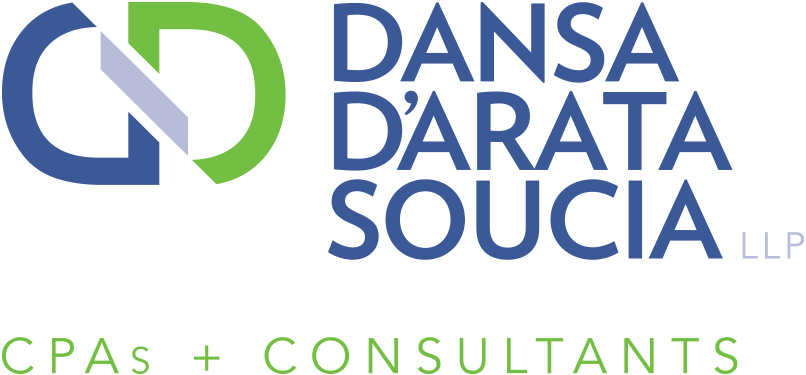Find time for strategic planning
 As a business owner, you know that it’s easy to spend nearly every working hour on the multitude of day-to-day tasks and crises that never seem to end. It’s essential to your company’s survival, however, to find time for strategic planning.
As a business owner, you know that it’s easy to spend nearly every working hour on the multitude of day-to-day tasks and crises that never seem to end. It’s essential to your company’s survival, however, to find time for strategic planning.
Lost in the weeds
Business owners put off strategic planning for many reasons. New initiatives, for example, usually don’t begin to show tangible results for some time, which can prove frustrating. But perhaps the most significant hurdle is the view that strategic planning is a time-sucking luxury that takes one’s focus off of the challenges directly in front of you.
Although operational activities are obviously essential to keeping your company running, they’re not enough to keep it moving forward and evolving. Accomplishing the latter requires strategic planning. Without it, you can get lost in the weeds, working constantly yet blindly, only to look up one day to find your business teetering on the edge of a cliff — whether because of a tough new competitor, imminent product or service obsolescence, or some other development that you didn’t see coming.
Quality vs. quantity
So how much time should you and your management team devote to strategic planning? There’s no universal answer. Some experts say a CEO should spend only 50% of his or her time on daily operations, with the other half going to strategy — a breakdown that could be unrealistic for some.
The emphasis is better put on quality rather than quantity. However many hours you decide to spend on strategic planning, use that time solely for plotting the future of your company. Block off your schedule, choose a designated and private place (such as a conference room), and give it your undivided attention. Make time for strategic planning just as you would for tending to an important customer relationship.
Time well spent
Effective strategic planning calls for not only identifying the right business-growing initiatives, but also regularly re-evaluating and adjusting them as circumstances change. Thus, strategizing should be part of your weekly or monthly routine — not just a “once in a while, as is convenient” activity. You may need to delegate some of your current operational tasks to make that happen but, in the long run, it will be time well spent. Please let us know how we can help.
© 2017


 On December 20, Congress completed passage of the largest federal tax reform law in more than 30 years. Commonly called the “Tax Cuts and Jobs Act” (TCJA), the new law means substantial changes for individual taxpayers.
On December 20, Congress completed passage of the largest federal tax reform law in more than 30 years. Commonly called the “Tax Cuts and Jobs Act” (TCJA), the new law means substantial changes for individual taxpayers. There’s an old saying regarding family-owned businesses: “Shirtsleeves to shirtsleeves in three generations.” It means the first-generation owner started in shirtsleeves and built the company up from nothing but, by the third generation, the would-be owner is back in shirtsleeves with nothing because the business failed or was sold.
There’s an old saying regarding family-owned businesses: “Shirtsleeves to shirtsleeves in three generations.” It means the first-generation owner started in shirtsleeves and built the company up from nothing but, by the third generation, the would-be owner is back in shirtsleeves with nothing because the business failed or was sold. Retirement plan contribution limits are indexed for inflation, but with inflation remaining low, most of the limits remain unchanged for 2018. But one piece of good news for taxpayers who’re already maxing out their contributions is that the 401(k) limit has gone up by $500. The only other limit that has increased from the 2017 level is for contributions to defined contribution plans, which has gone up by $1,000.
Retirement plan contribution limits are indexed for inflation, but with inflation remaining low, most of the limits remain unchanged for 2018. But one piece of good news for taxpayers who’re already maxing out their contributions is that the 401(k) limit has gone up by $500. The only other limit that has increased from the 2017 level is for contributions to defined contribution plans, which has gone up by $1,000. Many people scoff at New Year’s resolutions. It’s no mystery why — these self-directed promises to visit the gym regularly or read a book a month tend to quickly fade once the unavoidable busyness of life sets in.
Many people scoff at New Year’s resolutions. It’s no mystery why — these self-directed promises to visit the gym regularly or read a book a month tend to quickly fade once the unavoidable busyness of life sets in.
 The House and Senate have each now passed their own versions of tax reform, and even though there is still ongoing negotiation between the two before one final bill is submitted to the president, there is one provision that both bills have in them currently that looks likely to become law.
The House and Senate have each now passed their own versions of tax reform, and even though there is still ongoing negotiation between the two before one final bill is submitted to the president, there is one provision that both bills have in them currently that looks likely to become law. The artificial intelligence (AI) revolution isn’t coming — it’s here. While AI’s potential for your company might not seem immediately obvious, this technology is capable of helping businesses of all shapes and sizes “get smart.”
The artificial intelligence (AI) revolution isn’t coming — it’s here. While AI’s potential for your company might not seem immediately obvious, this technology is capable of helping businesses of all shapes and sizes “get smart.”